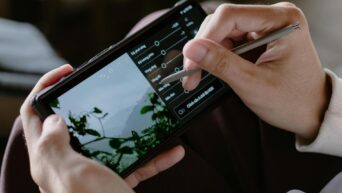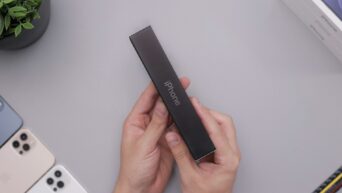As fossil fuels dwindle and climate change looms, scientists have been exhausting every possible avenue to find new sources of clean energy. Organic, plant-based fuels have been considered, but never anything quite like this: a mushroom that generates electricity.
A scientific team at the Stevens Institute of Technology in New Jersey has published a new study titled “Bacterial Nanobionics via 3D Printing.” In this study, the team was trying to find a way to allow cyanobacteria, an ocean-borne bacteria that naturally generates energy, to thrive in a confined space. The linchpin to this test was a button mushroom, which is naturally covered in bacteria-friendly microbiota. With a 3D printer, spirals were printed onto the mushroom using special “bio-ink” that housed cyanobacteria samples, as well as graphene nano-ribbons to catch a current. When light was shown onto the mushroom, a small current was produced. It’s a very small amount of electricity so far; the team estimates it would take several mushrooms wired together to power a small lamp. They view this as a promising first step, however. The cyanobacteria lasted for a good several days, producing current the entire time, and more can be easily retrieved from a local natural water source or even bio-engineered.
The team has coined this new process “engineered symbiosis,” and hope to create newer, better cyanobacteria that can output stronger currents.
































